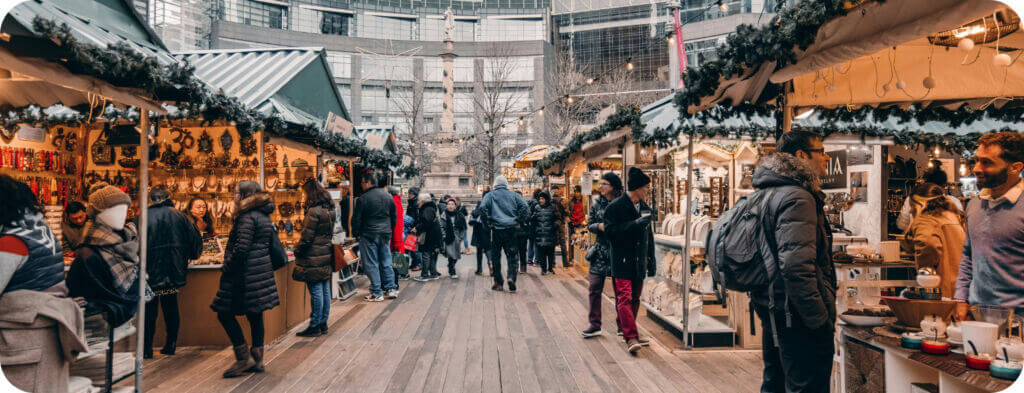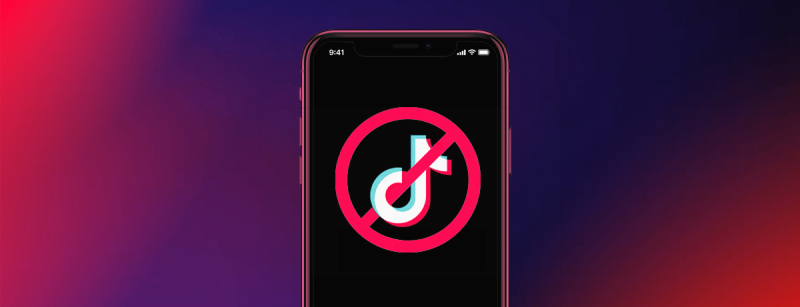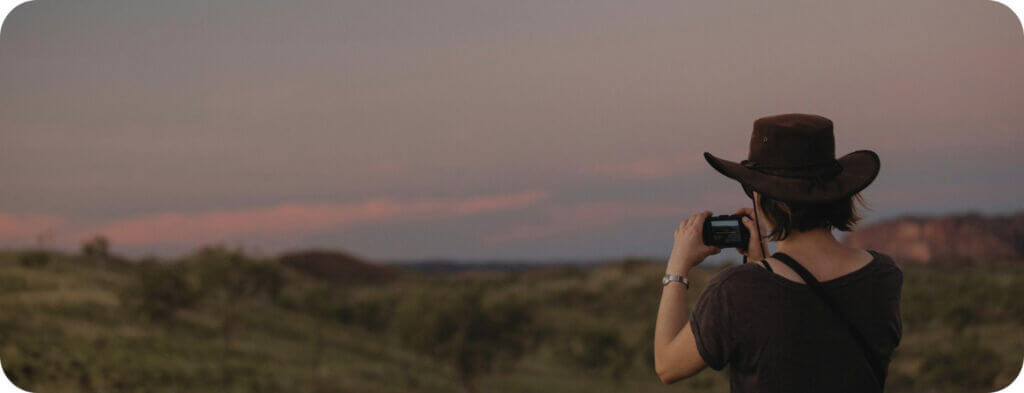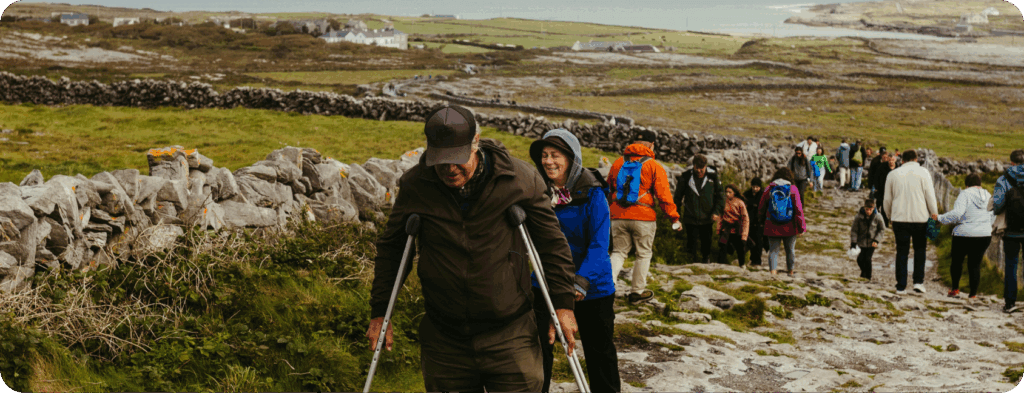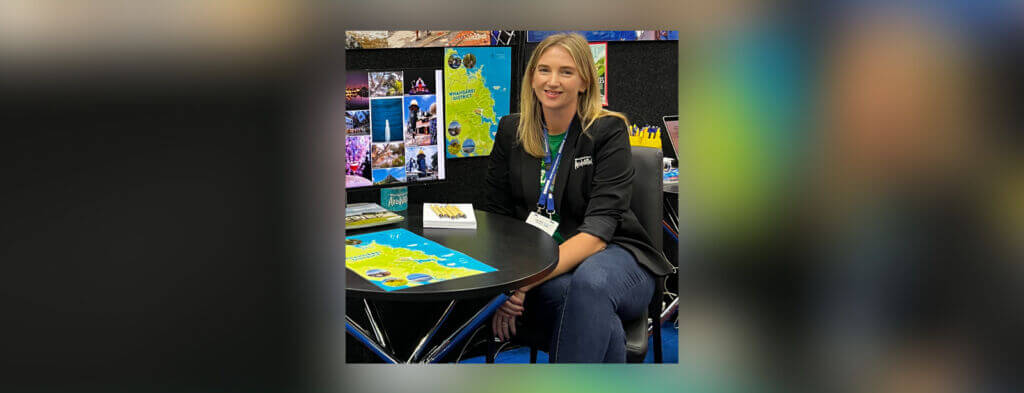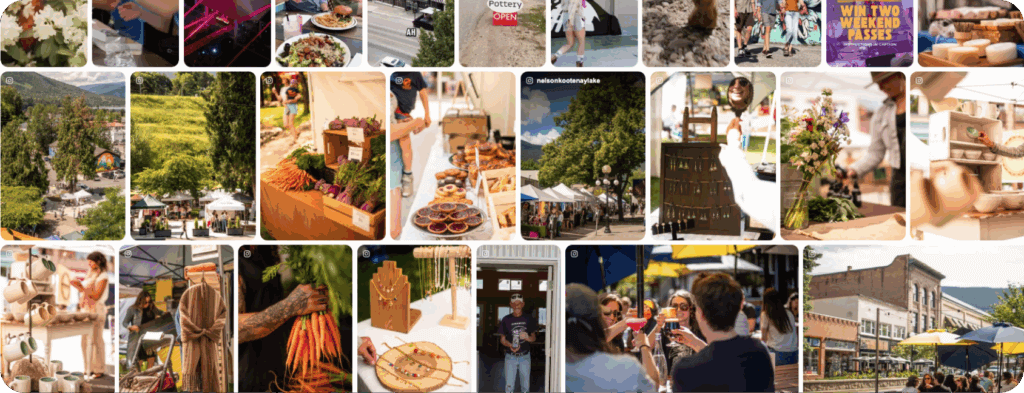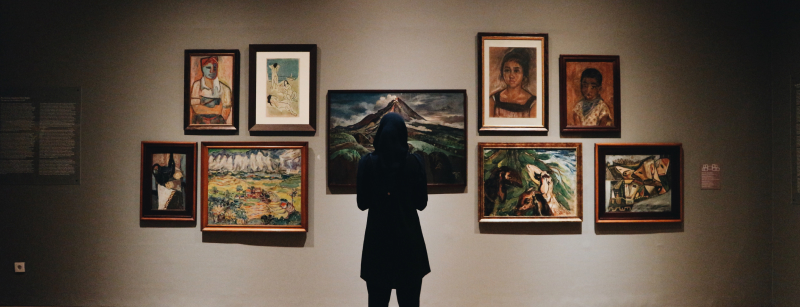
Museums are an important pillar in the community – a recent survey of U.S. adults found 46% felt museums brought a sense of joy to their lives and 41% and 33% felt they reduced stress levels and improved mental health, respectively.
For modern audiences, a visit to a museum is no longer a one-way conversation; with social platforms increasingly breaking down barriers between many museums and audiences, museums understand the need for dynamic dialogues that encourage people to stay engaged before and after they visit.
Platforms like TikTok and YouTube Shorts allow museums to tell stories about their works, artifacts, and more in only a few seconds, while also sharing their collections with so many who aren’t able to visit.
Museums and Short-Form Video
Museum marketers should remember that short-form video platforms like TikTok and Instagram Reels put entertainment before video quality, so to be successful on these platforms, creating less formal, unfiltered, and authentic clips is the way to go.
You don’t need a Hollywood producer or large budget to make entertaining content – a video could be as simple as highlighting a little-known fact about a popular painting or artifact.
Although your mission is to educate and inspire visitors, consider how you can use these platforms to make your audiences laugh or pull at their heartstrings. The deeper emotional connection you can establish with your audience, the more they will trust you and the more you’ll learn what kind of content they want from you.
Here’s a fun example from the Australia Museum of how they used Instagram Reels for their #FrogID project to answer audience questions about native frog species and let people know how they can help protect them:
They also created an album of frog sounds that benefits conservation and research efforts. We love how they found a niche and story that only they can tell and ran with it!
Let’s look at some other examples of how museums are using Instagram and Instagram Reels, TikTok, and YouTube Shorts to create short-form video that helps audiences discover their collections in exciting ways.
TikTok
American Museum of Natural History: This account is filled with cheeky and interesting videos that focus on what this famous museum is known for – animal and dinosaur exhibits! They also latch onto trends and seasonal events like this recent video about “Superb Owl Sunday.”
@naturalhistorymuseum What Superb Owl team are you rooting for? The Great Horned Owl’s wingspan can reach lengths of 4.8 ft (1.5 m) and it can weigh in up to 5.5 lbs (88.2 oz)! #GameDay #SuperbOwl #SuperbOwlSunday #MuseumTok #owls ♬ AMERICAN FOOTBALL – Nash
Denver Museum of Nature and Science: The museum’s scientists and staff are the stars of this account and they’re not afraid to show-off their creative sides like in this video about the brain:
@denvermns #brain #museum ♬ The Brain – Roger Bart & Male Ensemble
This is a great way to use TikTok to give your audience access to people they normally wouldn’t get to meet at your museum. It’s almost like getting a private tour!
The Museum of Contemporary Art: Museums have a responsibility to showcase works by BIPOC, LGTBQ+, and women artists and tell their stories. Los Angeles’ Museum of Contemporary Art puts this into practice and honors the lives of artists like trans Chilean photographer Paz Errázuriz.
@moca Today we honor #PazErrázuriz and transwomen around the world ️⚧️ #womenshistorymonth #museumsoftiktok #transwomenarewomen #learnontiktok #chileanartist ♬ Acoustic Guitar – Classicalguitar
Victoria & Albert Museum: It’s easy to view museums as stuffy, intimidating, and impersonal. But the Victoria & Albert Museum’s TikTok uses a lot of dancing and movement to turn up the energy and demonstrate that although it’s a storied museum with plenty of old objects, it’s very much alive and in tune with the interests of new generations of visitors.
@vamuseum The energy for when you finally see the culture repped Africa Fashion: 2 for 1 tix in February – check our bio. @Patience J choreography with her @Afro.In.Heels.UK team #africa #african #africafashion #afrobeats #dance #afrotok #blacktiktok #afrobeat #museum ♬ original sound – V&A Museum
Instagram and Instagram Reels
Museum of Broadway: Featuring user-generated content (UGC) helps your audience feel like they’re part of your community and important to your storytelling. The Museum of Broadway doesn’t forget that its visitors, including some Broadway actors, are the biggest stars in its exhibitions.
The Exploratorium: This kid-centric science museum uses Instagram Reels to draw you in with a magnificent blend of colors thanks to its photogenic and vibrant exhibit spaces. But they’re sure to remind their audience that everyone is young at heart and can enjoy their exhibits. Creating core childhood and family memories is what the Exploratorium does best and that’s what’s conveyed through their content.
Canadian Museum for Human Rights: We love to see museums supporting museums. The Canadian Museum for Human Rights teamed up with a small group of Canadian Museums to tell stories about human rights struggles and progress across the country. These kinds of partnerships show your audience that you’re committed to presenting multiple perspectives that help them understand and appreciate your exhibits.
The Art Gallery of Ontario: The museum makes itself more approachable through its social content and shares a lot of photos and videos of visitors interacting with exhibits. Putting people front and center helps visitors picture themselves there and makes them feel like they’re in a gallery even if they’re far away.
YouTube Shorts
The Franklin Institute: This museum is using YouTube Shorts to debunk popular science myths that its exhibits can speak to, like this video on how much water you should drink each day. This is exactly the kind of provocative content that visitors want to share with their friends and family because it challenges conventional wisdom and offers surprises.
The Metropolitan Museum of Art: The iconic Met is sharing episodes of its “Frame of Mind” podcast on its YouTube Shorts channel. The podcast discusses the connection between mental health and art and the clips tease out soundbites from artists. YouTube is one of the most popular platforms for podcast listeners, so it’s fantastic to see the museum experimenting with the platform in this way.
Peabody Museum of Archaeology and Ethnology: People are fascinated by time-lapse videos because they tell a complete story of something in an accelerated timeline. This Harvard University Museum has shared a couple time-lapse videos of how they’ve prepared different works for display. Timelapses are also easy to create and share because they don’t require much editing.
The National Gallery: Learning is one of the top reasons why people use YouTube, but revealing a hidden gem or fun fact can also make a video entertaining. That’s the angle that the National Gallery takes in its YouTube Shorts as they make their collection more relatable and less mysterious to their audience.
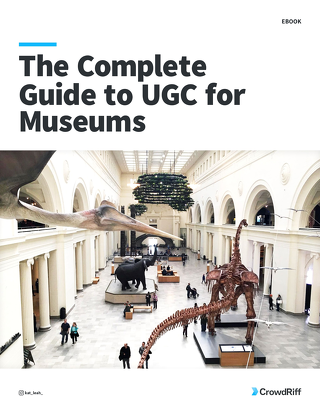
Museum Marketing: Top Trends & Strategies for Success
Read NowKey Takeaways From These Museums
These 12 museums all have different sizes and budgets but the one common link is that they all understand the importance of using short-form video to remain relevant with visitors.
From these examples, we have some best practices to keep in mind as you continue to create more video content:
- Even if you’re not ready for a platform like TikTok, create an account so that you can observe what your peers are sharing and follow trends to learn what kind of content works best.
- Share visitor photos (and videos!). Sharing UGC is the best way to amplify voices who recommend you and create that two-way conversation that’s essential to long-term success.
- Be inclusive. Your content should represent the diversity of your visitors and the people who created works and items in your collections.
- Be honest and transparent. The museum repatriation movement has picked up steam with the Vatican Museums and the British Museum as just two examples of institutions that have pledged to return items that were either stolen or unethically acquired. Museums should also clearly disclose how works were acquired and paid for. The Philadelphia Museum of Art, for instance, includes this information next to each piece.
- Stay true to your brand. Remember that you’re a museum first and a TikTok, Instagram, or YouTube account second. Embrace trends that align with your brand but don’t force your content to become something that you’re not.
- Show your audience something they can’t get anywhere else. Give people a reason to follow you that they can’t get from visiting, like a behind-the-scenes look at how exhibits are created or an artist describing their muse.
Looking for more ideas on how to make engaging content your audience will love? Check out our eBook on UGC marketing for museums.
